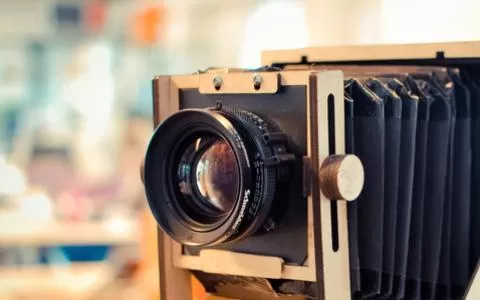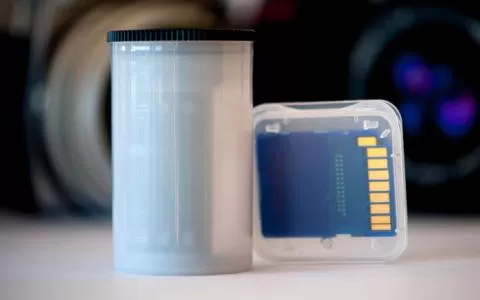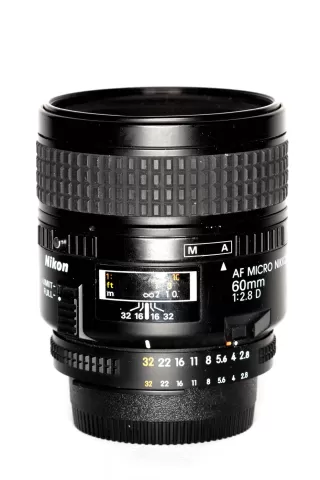Scanning slides was once the primary way of getting images into computers.
This was another product that I bought used, and got at a very good price. Buying used has always been my favorite way to get expensive gear at good prices.
This slide scanner came from a Danish image agency that specialized in nature photography. They were merged with a larger picture agency and needed to unload some of their gear. The price was really good, and the scanner has done very well for me.
SCSI
It's a SCSI-device, and I had to buy a SCSI-interface for it. No problems there. I needed to hack the socalled ASPI-driver or -layer a bit to get it to work on Windows XP, but apart from that it has always worked flawlessly.
I'm not particularly fond of the NikonScan software that you use with it, but I have come to terms with it anyway. Still today I mildly detest the kludgy, non-standard interface on this software, and setting up routines that can speed up the scanning process cannot have been top-of-mind with the people who designed this program.
Well, it does the job and the quality of the scans is fine enough.
Dust!
One of the worst things about any form of scanning, but about slide and negative scanning in particular, is dust. Dust is a real problem here, and something you have to take very seriously. Because no matter how hard you work on keeping dust away from your slides or film strips, rest assured that some will creep in there.
Dust will always find a way.
There are a few means to get rid of it:
- Dusting off the film before scanning using air, cloth and brushes. Hard work, but worth it.
- Using a scanner (such as this one, the Nikon LS-2000 with its ICE-system), which actively reduces the visual results of dust
- Touching up in your image processing program -- manually or with some automation
No matter what method or combination of methods you choose, you have to work to reduce the traces of dust on your finished images.

Inside
To top that off you also have to clean your scanner once in a while or have it serviced, because it will also pick up dust internally and eventually render images foggy and unclear because of this.
Vadim Marakov has this excellent page on the subject and even a guide on
I followed this instruction once, and managed to clean a very dirty mirror in the scanning assembley of my LS-2000, and the result was a lot cleaner scans with no haze.
You can see the difference on the two pictures below. The left one was scanned before I cleaned the scanner and the right one after. The hazy look on them both is the BC haze, but the particularly hazy look on the left one is scanner-dust-haze.
Scanning again
After having cleaned the scanner and getting much better results than I have for a long time, I took up scanning again and rescanned a lot of old slides.
Some of these were all the way back from my Kodachrome 64 era. I used to use this film all the time, and loved its colors and saturation -- and still do, by the way. Looking at the old images reminded me how well this film holds its colors. Some of them are closing in on 25 years, and the nick of time has left no traces in them.
But Kodak gave me a hard time with this film. It required a special development process, and first it could be processed in a local lab. But after some years I had to wait a couple of days for the film to return, because it hade to be shuttled to another part of the country and back.
Then that lab shut down, and Kodak sent the film to Sweden for processing and in the end it had to go to Switzerland or Austria or somewhere in the central Europe to be developed.
Then I gave up.
In the time following I took a lot of Extrachrome 100's, which required standard E6-processing and could be handled from hour-to-hour locally. This film is slightly lighter than the over-saturated Kodachrome -- actually more natural -- but has faded just a bit over the years.
My last many years with film were spent using Fuji Provia 100, which is probably the best slide film I ever used. After buying my first digital SLR I haven't shot a single roll.
I switched to digital and never looked back. Until now where I'm scanning really old slides and going sentimental.
Scanning process
The process of scanning slides is a cumbersome one no matter what people might say.
You have to take great care in every step, and the physical handling alone takes time. My LS-2000 scanner is set up to handle framed slides, but it has a special frame for film strips -- cut or in rows.
A framed slide just needs to be cleaned before scanning. I have a combined brush and blower that I use, and with that I can remove most dust. I usually use the reflections from a lamp in the slide to see whether any dust is left on the surfaces.
Then it goes into the scanner. I create a preview, which I use to manually adjust levels and colors. This has to be done for each individual slide, and it is my experience that time invested here is well given out. I use the scanner's ICE dust-removal system, but usually don't let the scanner software do anything else.
The scan takes the time it takes -- which can be quite a while for a high resolution image. After that I save the untouched original as a Photoshop-file, and keep that for eternity. All modified images are saved under a new name. One of the most important modifications is getting rid of the rest of the dust. There is almost always something left no matter how carefully I have cleaned the slide before scanning. The black rims from the slide also go and I usually adjust levels, colors and saturation just a bit to get the result I want.
Finally I save the image in JPG-format at full resolution, which is what I use for further work and distribution.
Thousands of slides
I have scanned thousands of slides in this scanner, and have thousands yet to scan. In one room in the house I have a stack of slide magazines so large I don't want to be reminded. I'm not scanning all slides, but still I work my way through the piles, and try to get the best of my back catalog digitized.
The LS-2000 is fine for the job. Often when I work, I just have a bunch of slides that I systematically feed into the scanner and scan and save. This way I can actually get quite few pictures through the process in a day, and still do something meaningful (like making money).
I have never considered getting the slide feeder, which is available for this scanner. I still adjust every single slide, and I'm not sure about the quality of the scans if they were done automatically.








